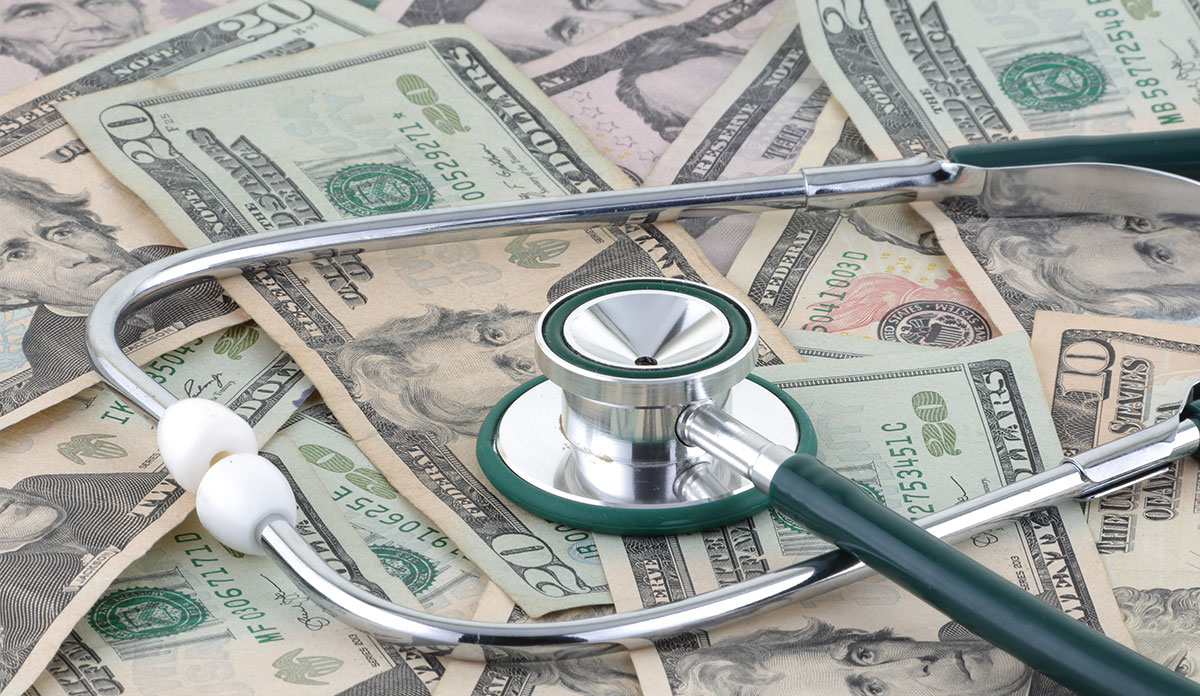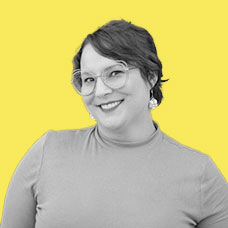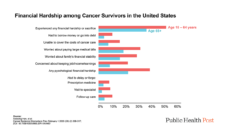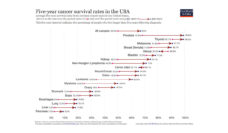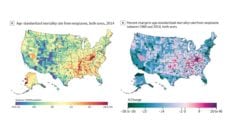I was 29 when my doctor told me, “You have cancer.” I wish I could say I had profound and meaningful revelations about life after hearing those three devastating words. Instead, one of my first thoughts was, “How am I going to pay for this?” The ironic part: I had insurance.
The average cost of cancer treatment in the United States is $42,000. That number climbs effortlessly into the millions depending on the type of cancer, stage of disease, and the recommended treatment.
The unaffordable costs cause some to delay treatment, decreasing chances of survival. In one study, 42% of cancer patients depleted their life savings within two years of diagnosis. Another investigation found cancer patients are 2.5 times more likely to declare bankruptcy than people without the disease. I chose to worry about the money later and go through the health care system’s conveyer belt, because what was the other option?
An entire page on the National Cancer Institute’s website is devoted to “Financial Toxicity (Financial Distress) and Cancer Treatment.” It details the crippling effects caused by the unavoidable costs of cancer and individual factors that can worsen the burden, but provides a foot note explaining that the ways to reduce this financial distress are “being studied.” As I learned, figuring out ways to attempt to lower treatment costs and navigate through the maze of insurance policies is entirely up to the patient.
The U.S. health care system pushes many people into crowdfunding efforts to pay for life-saving care. After much internal debate, I ultimately chose not to do a crowdfunding campaign and I’m still paying down debt from my medical bills almost three years after my initial diagnosis. It turns out I wasn’t alone in my hesitancy of asking for financial help. One study found that while donations may provide financial relief, some young adult cancer survivors felt shame in asking for money along with the vulnerability of disclosing medical information to the public.
Medical crowdfunding also depends on the “crowd” seeing the fundraiser. Less than 12% of medical GoFundMe campaigns reached their goal between 2016-2020, and crowdfunding may be deepening economic, social, and health inequities. But the larger question lies in why crowdsourcing for health care is a common and accepted practice at all.
The sad truth is the majority of people hit with a cancer diagnosis come to the realization that they will be in difficult financial straits indefinitely or they will die. Unless you have the financial resources, having insurance during cancer treatment and survivorship is essentially a preventative measure against total financial ruin. But insurance still may not protect you against economic distress as monthly premiums, deductibles, co-pays, and out-of-pocket maximums keep going up every year regardless of the insurance plan.
While the Affordable Care Act has expanded access to health insurance, the marketplace out-of-pocket maximum limit will rise to $9,100 for an individual and $18,200 for a family in 2023. And the out-of-pocket amount paid resets every year, giving an annual requirement to pay through the new deductible before your insurance policy can start to help you pay for care.
Cancer patients are of course not the only people who experience the crushing weight of medical debt. Life-sustaining medications, emergency procedures, or just standard medical care can cause severe financial distress regardless of disease. The problem is so pervasive that NPR and Kaiser Health News have a monthly series devoted to broadcasting and breaking down outrageous medical bills.
Between office visits, diagnostic procedures, treatment, prescriptions to manage chemotherapy side effects, and post-treatment follow-up, the total cost of my care to date is $1.77 million. The primary driver of this number is one chemotherapy drug that cost between $110,000 – $125,000 for each of my 12 infusions. There was no rhyme or reason to the fluctuation in price.
I am one of the lucky ones. The chemotherapy saved my life and I had insurance that covered most of my care. I was able to keep working through treatment. I had support from family and friends. And my out-of-pocket costs are pennies in comparison to what some people face. While I am fortunate and privileged in many ways, surviving cancer showed me what it costs in this country not to die.
Photo via Getty Images









